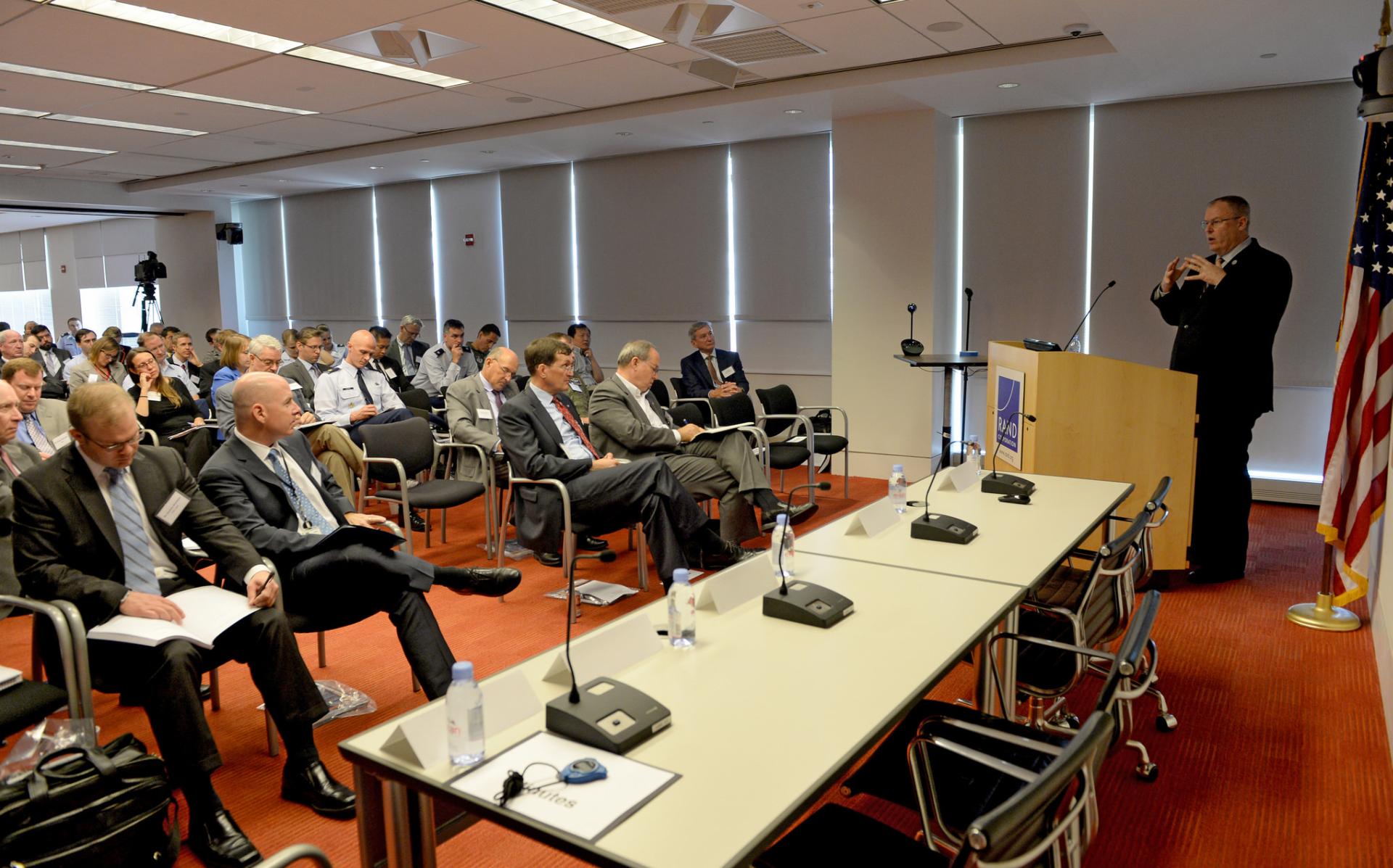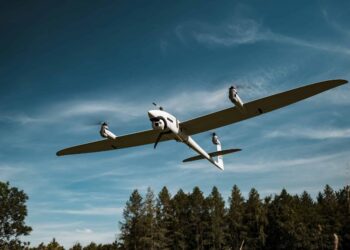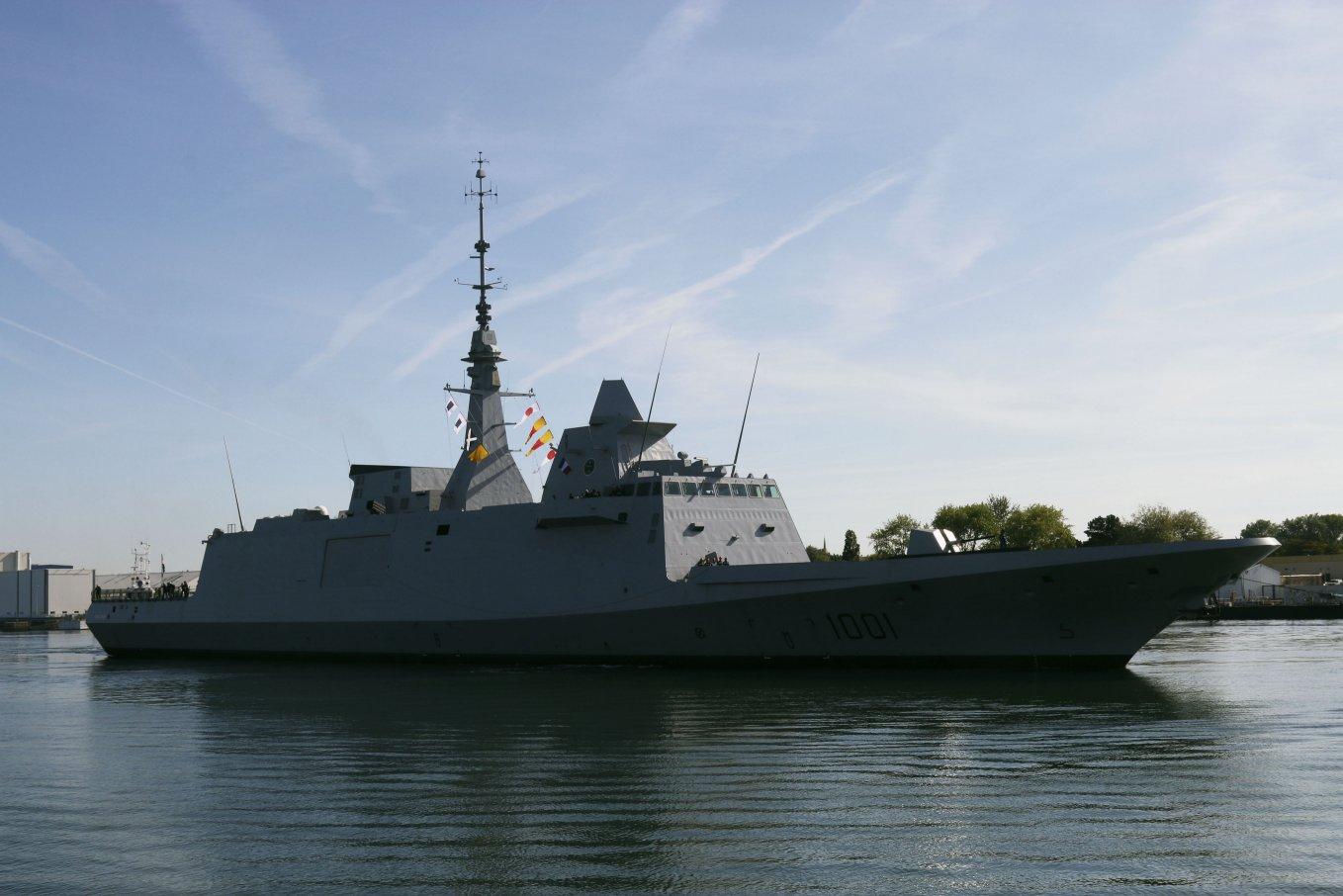Deputy Defense Secretary Bob Work delivered the keynote speech yesterday in Arlington, Virginia, at an inaugural conference of the China Aerospace Studies Institute, or CASI, newly established by the Air Force and RAND Corp.
The institute’s focus is on China, which Work called a rising power that’s experiencing a growing economy and increased military technical capabilities.
“I hope that CASI, along with many organizations like it, are going to help us maintain an unfair competitive aerospace advantage far into the future,” Work said, “because that is the surest means to underwrite conventional deterrence, contribute to crisis stability and safeguard our nation’s interests.”
The conference focused on a move by China to do more realistic training across the board under what they call actual combat or wartime conditions, the deputy secretary said, and improve their readiness.
Serious Challenge
“CASI needs to help us think on how we respond to this challenge. It’s a serious one and one that we have to take seriously,” he said.
Work said the institute supports President Barack Obama’s rebalance to the Asia-Pacific region and the Defense Department’s Defense Innovation Initiative, both of which are top priorities for Defense Secretary Ash Carter and himself.
“More generally,” Work noted, “it’s an exemplar of what we need to do to prepare for the future.”
The United States will maintain enormous absolute power as far into the future as anyone can see, Work said, but its relative power will decline in an increasingly technological world and one in which U.S. leadership will be increasingly challenged.
Great Powers
The most significant challenge to U.S. global leadership and the one in Work’s view that promises to be the most difficult to manage is the possible reemergence of great-power competitions.
A great power, as defined by international relations theorist John Mearsheimer, “is a state having sufficient military assets to put up a serious fight in a conventional war against the most powerful state in the world, and that possesses a nuclear deterrent that can survive a nuclear strike against it,” Work paraphrased.
If China is not a great power now it has the potential to be, he said, “and under any circumstances they are going to provide us with an enduring and very difficult military challenge, which will stress us.”
China will present a more significant and perhaps enduring strategic challenge to the United States over the next 25 years if not beyond, the deputy secretary said, one that DoD must be particularly focused on.
Competitive Relationship
“This does not mean to suggest I think that we are doomed to have an overtly hostile relationship,” Work said.
The future U.S.-China relationship will have elements of cooperation and competition and not open hostility, he said, and DoD continues to pursue military-to-military cooperation and confidence-building measures with China.
But DoD can’t overlook the competitive aspects of the relationship with China, Work said.
“Since the end of World War II we have relied upon our technological superiority. Why? To provide a conventional overmatch to overcome an adversary’s advantages in time, space and size of forces, because generally we are moving across oceans to meet them,” he said.
Margin of Superiority
Today the U.S. margin of technological military superiority is steadily eroding and China and Russia are pursuing levels of advanced weapons development that haven’t been seen, Work said, since the mid-1980s, near the peak of the Soviet Union’s surge in Cold War defense spending.
For the United States, he said, part of the solution is a long-range research and development planning program, or LRRDPP, under the direction of Frank Kendall, undersecretary of defense for acquisition, technology and logistics.
The program aims to identify promising technologies that can be moved into development within the next five years, and long-range science and technology investments that can be made now for big payoffs in 10 to 20 years, the deputy secretary said.
“The initial results of these efforts … are going to be reported to [Carter] next month and they will be used to provide me and the vice chairman of the Joint Chiefs of Staff strategic guidance on how to approach the strategic portfolio in fiscal year 2017 budget preparation and submission,” Work explained.
Strategic Capabilities
Another shorter-term part of the solution is the Strategic Capabilities Office, or SCO, established by Carter to look at weapons and systems and platforms in production, in the field or programmed now, and use them in a different way than intended to offer an unexpected operational or tactical advantage, the deputy secretary said.
Work said the department is exploring new combinations of technologies, operational concepts and organizational constructs that will help maintain its ability to project combat power into a theater in a place and during a time of its own choosing, especially aerospace power.
“Aerospace power has always been and will always be fundamental to our ability to project power across transoceanic distances, to conduct theater entry operations, and to mount joint combined-arms operations,” Work said.
“And because of its rapid global mobility, air power will likely be the first on the scene in any unexpected crisis in the future,” he added.
Air-Land Battle 2.0
China is mounting a serious aerospace challenge against the United States and is intent on closing the gap between its aerospace forces and those of the United States, Work said.
China also is developing stealth aircraft, intelligence, surveillance and reconnaissance and battle-management platforms, advanced air-to-air and air-to-surface missiles, and top-of-the-line electronic warfare equipment, he said.
“In other words,” Work said, “we have to think about the nature and character of air-land battle 2.0 — another area where CASI, I believe, will be central to our thinking.”











